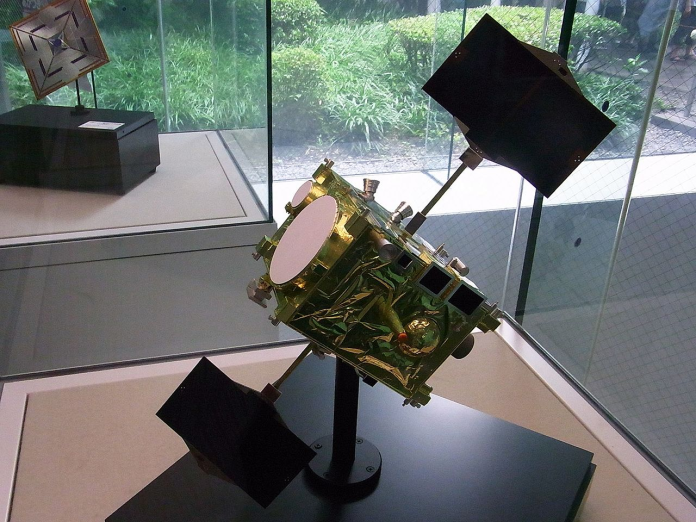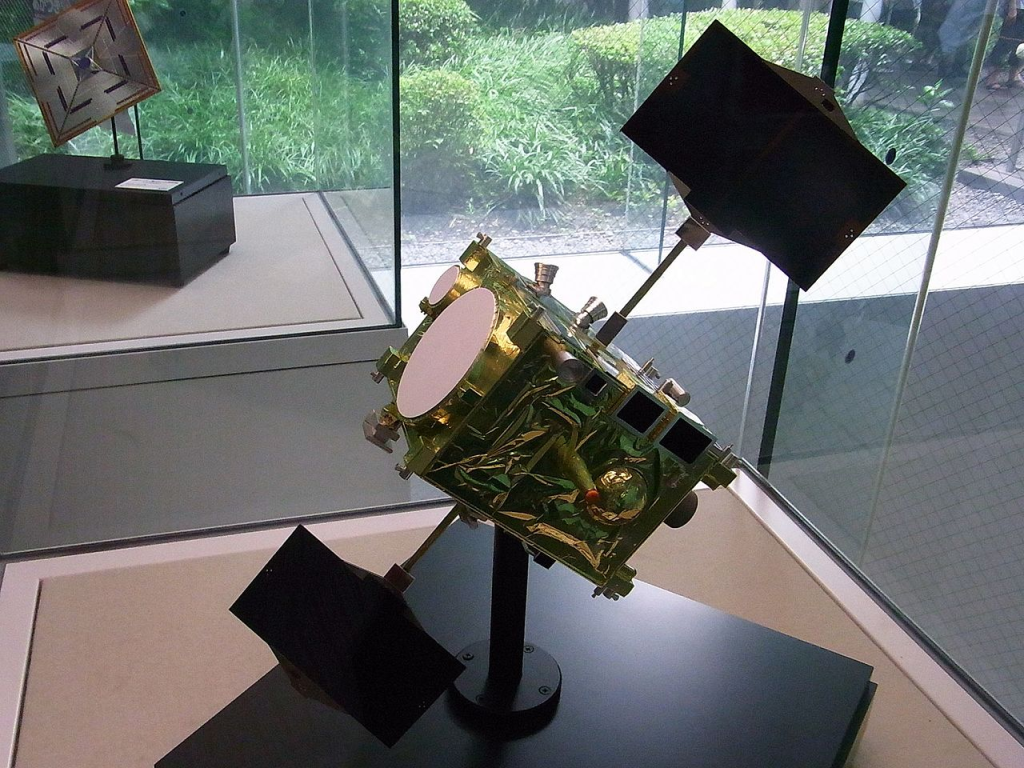
It began with what appeared to be a catastrophic error. In December 2010, Japan’s Venus Climate Orbiter Akatsuki merely burned its main engine for three minutes of twelve scheduled minutes, falling short of orbital insertion and entering a single solar orbit. For half a decade, the spacecraft circled the Sun, a sleeping ambassador from our planet, until in 2015 Japan Aerospace Exploration Agency (JAXA) engineers woke it up, employing backup thrusters to guide it into an elliptical orbit around Venus.
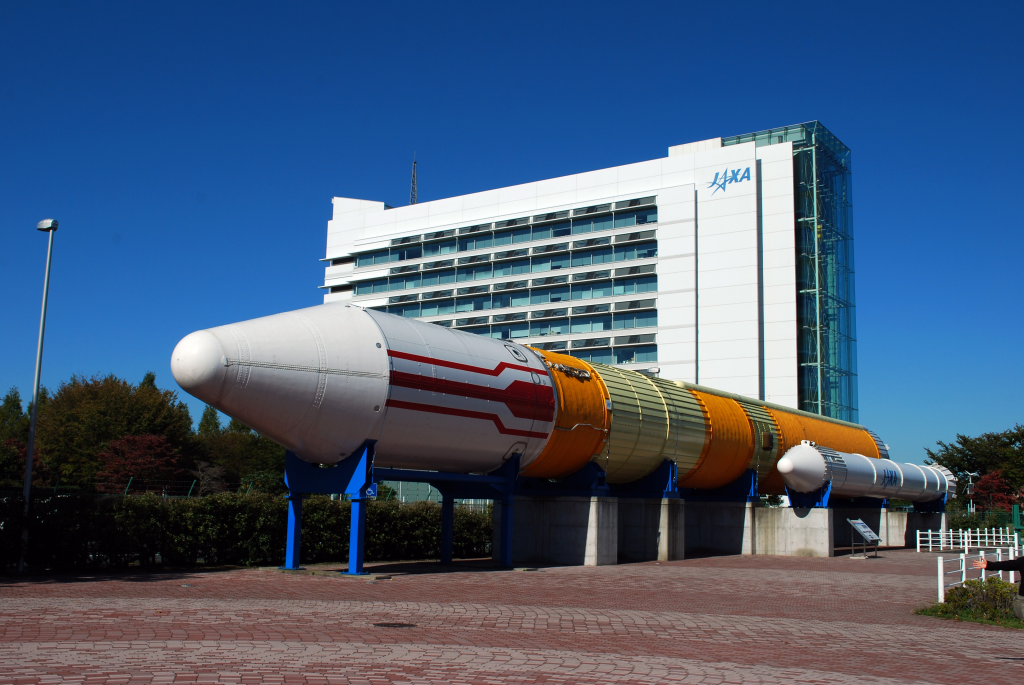
That against-all-odds resurrection started a mission that would last long beyond its original planned lifespan, until September 2025 when JAXA officially concluded it.
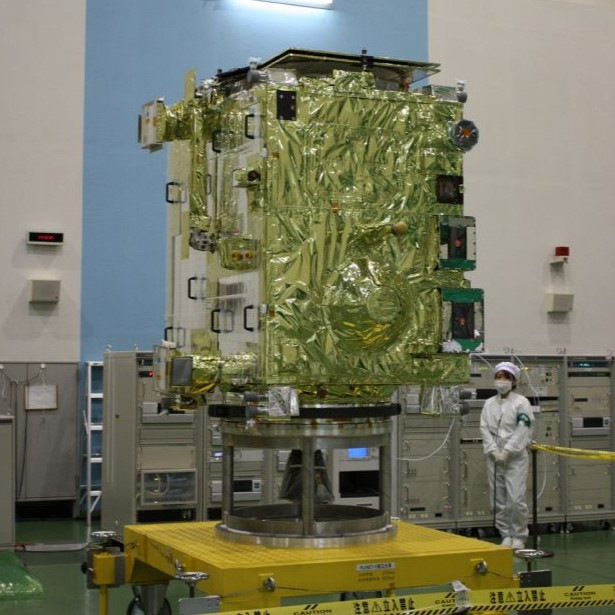
1. Engineering Against the Odds
Akatsuki’s survival after its initial failure was a testament to spacecraft resilience and adaptive mission planning. Measuring 1.45 by 1.04 by 1.44 meters, with solar arrays extending from its sides, the probe relied on twelve liquid-fueled thrusters for attitude and orbital control. The auxiliary reaction control system, designed for fine orientation maneuvering, played a crucial role in orbital insertion in 2015. The operation placed Akatsuki on a path with a periapsis of some 400 kilometers and apoapsis of up to 440,000 kilometers, to monitor the westward super-rotation of the atmosphere of Venus and enable systematic imaging.
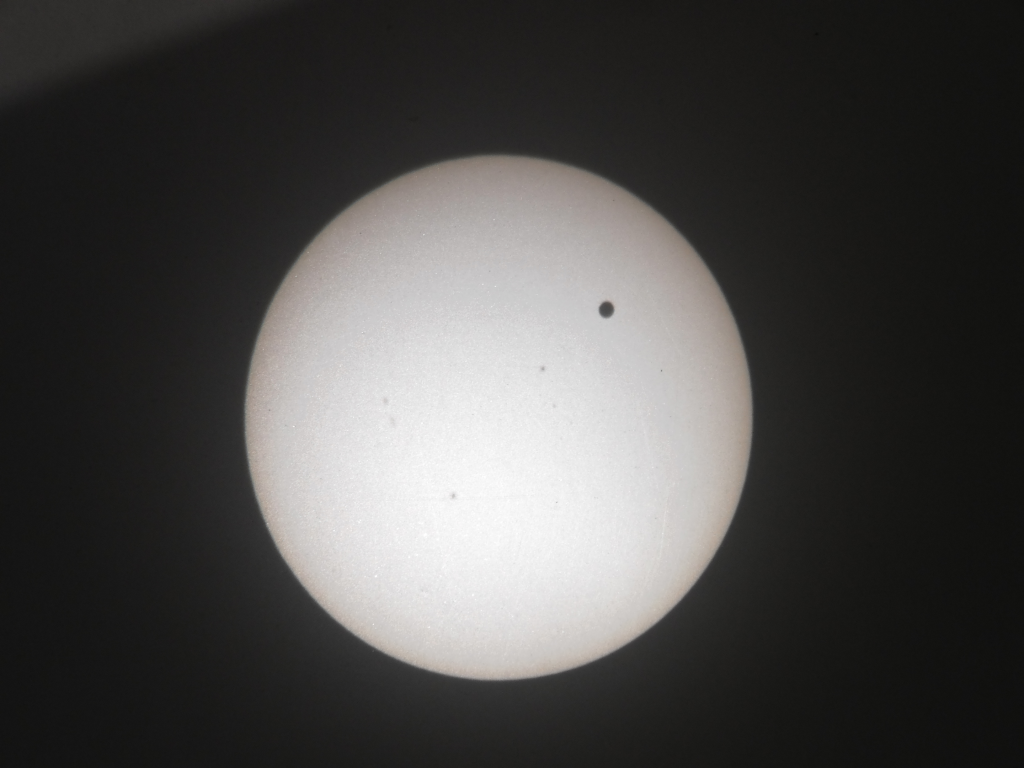
2. A Suite of Six Instruments
The five cameras three infrared, one ultraviolet, and one visible onboard were accompanied by an ultra-stable oscillator to support radio occultation experiments. Every instrument monitored various layers of Venus’s dense atmosphere. The longwave infrared camera monitored cloud-top temperatures, and near-infrared imagers penetrated deeper into the clouds to detect heat from the planetary surface. The ultraviolet imager mapped sulfur dioxide and the “unknown absorber” at cloud tops and revealed haze characteristics and wind fields. The camera that used visible light scanned for lightning and tracked oxygen airglow, offering clues to nighttime atmospheric circulation.
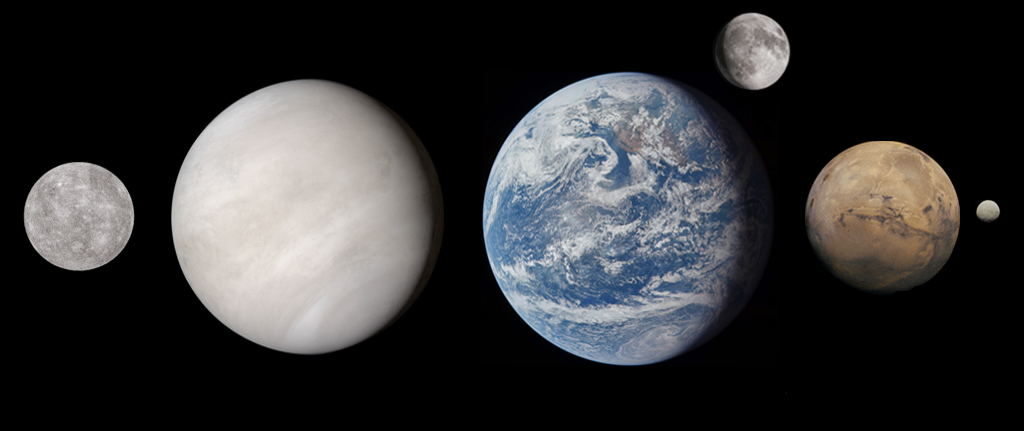
3. Solving the Enigma of Super-Rotation
The atmosphere of Venus revolves around the planet in four Earth days, much faster than the 243-day rotation of the surface. Multi-wavelength imaging with Akatsuki allowed researchers to quantify momentum transport that aids in this super-rotation. Taking sequential pictures every two hours, the mission acquired wind speed fields and mass transport streamlines. Ultraviolet imager observations revealed subtle variations in wind speeds at various altitudes, which implies complex vertical layering in the cloud shape.
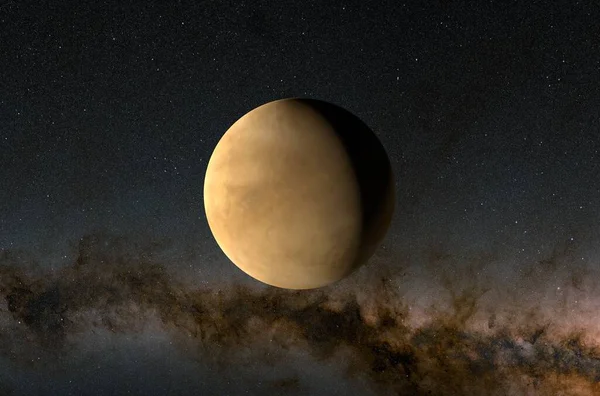
4. Gravity Waves and Atmospheric Structures
Only hours after its 2015 orbital arrival, Akatsuki discovered a huge, stationary atmospheric feature a curved band running nearly pole to pole over Aphrodite Terra. Its “sideways smiles” were found to be gravity waves, formed when air flows over mountainous terrain. The waves persisted for weeks high above the surface, resisting the turbulent winds. Additional imaging showed other wave phenomena, many of them raising new questions about energy transfer in Venus’s atmosphere.

5. Cloud Morphology and Composition
Akatsuki images offered high-resolution, mysterious cloud morphologies. Multi-wavelength observations showed that there were changes in particle size and distribution across middle and upper cloud layers. A one-dimensional cloud model suggested that the constraint on the coalescence efficiency of supercooled sulfuric acid produced thick, small-particle layers at transition altitudes. These findings yielded strange insights into Venusian cloud microphysics.
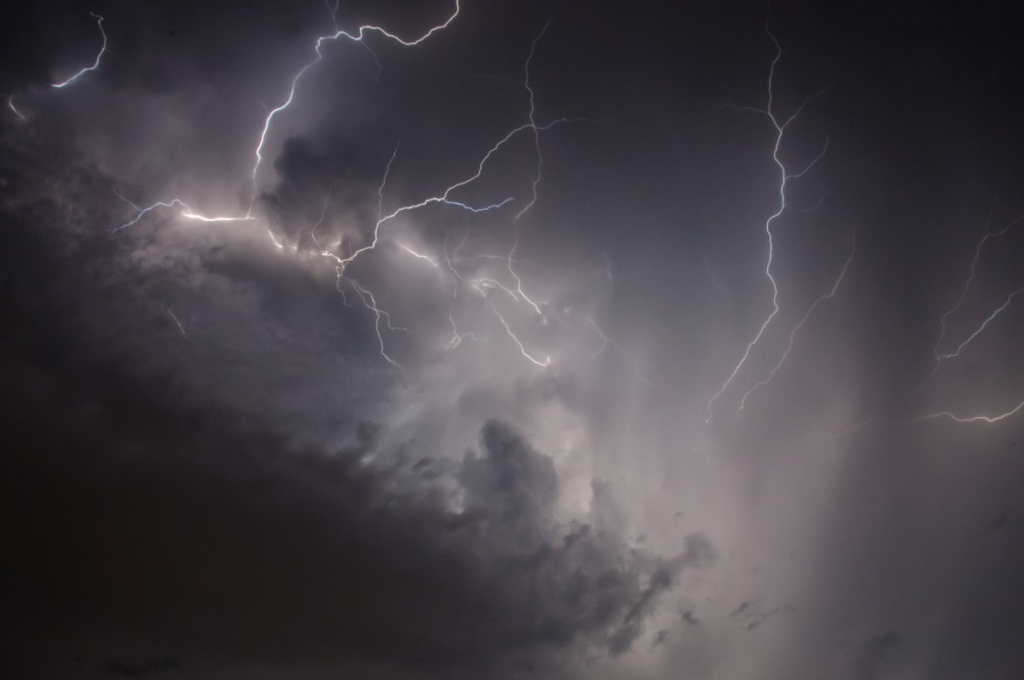
6. Looking for Lightning
The Lightning and Airglow Camera (LAC) operated at high sampling rates to differentiate lightning flashes from other optical events. Following years of observing, a flash in March 2020 was remarkable. Either lightning or a fiery meteor that had entered the atmosphere, the nearest Venus has come to a confirmed observation, an evocative lead on the meteorological enigma of the world.
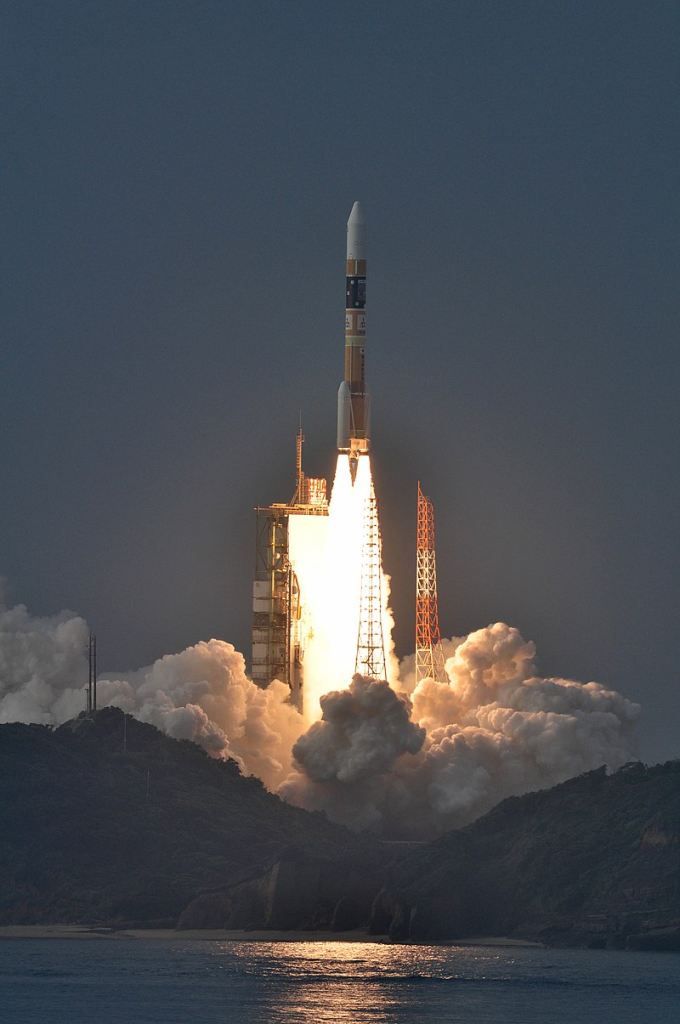
7. Longevity Beyond Design
Akatsuki’s mission was expected to conclude years earlier, yet it continued delivering data until contact was lost in April 2024 due to attitude control issues. The spacecraft had already exceeded its design life, joining the ranks of satellites that surpass operational expectations. Engineers attempted recovery for over a year before ending operations. Over its eight years of uninterrupted observation, Akatsuki not only fulfilled but surpassed its scientific goals, introducing the application of data assimilation methods routine in Earth meteorology to Venusian atmosphere research.

Both to planetary researchers and space flight engineers, the Akatsuki journey is a technical achievement and a scientific landmark, turning what initially became a near-disaster into one of the most successful Venus missions ever.
